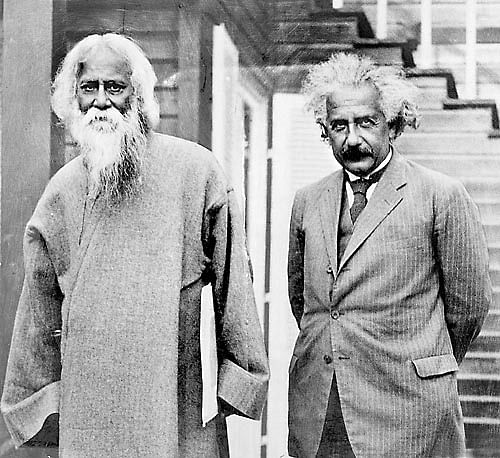
There is enough historical evidence by now that Indians since the days of the Indus Valley have indulged in dishes made with meat and poultry: zebu cattle (humped cattle), gaur(Indian bison), sheep, goat, turtle, ghariyal (a crocodile-like reptile), fish fowl and game.
Read more
Read more

The Vedas refer to more than250 animals of whom about50 were deemed fit to be sacrificed and,by inference,for eating.The marketplace had various stalls for vendors of different kinds of meat: gogataka(cattle),arabika(sheep), shookarika (swine),nagarika(deer)& shakuntika (fowl). 

There were even separate vends for selling alligator and tortoise meat (giddabuddaka). The Rigveda describes horses, buffaloes, rams and goats as sacrificial animals. The 162nd hymn of the Rigveda describes the elaborate horse sacrifice performed by emperors. 

Different Vedic gods are said to have different preferences for animal meat. Thus Agni likes bulls and barren cows, Rudra likes red cows, Vishnu prefers a dwarf ox, while Indra likes a bull with droopy horns with a mark on its head, and Pushan a black cow. 

The Brahmanas that were compiled later specify that for special guests, a fattened ox or goat must be sacrificed. The Taittireeya Upanishad praises the sacrifice of a hundred bulls by the sage Agasthya. 

And the grammarian Panini even coined a new adjective, goghna(killing of a cow), for the guests to be thus honoured.
The meat, we learn, was mostly roasted on spits or boiled in vats.The Brihadaranyaka Upanishad has reference to meat cooked with rice.
Pic courtesy - @t_d_h_nair

The meat, we learn, was mostly roasted on spits or boiled in vats.The Brihadaranyaka Upanishad has reference to meat cooked with rice.
Pic courtesy - @t_d_h_nair


Also the Ramayana, where during their sojourn in the Dandakaranya forest, Rama, Lakshmana and Sita are said to have relished such rice (with meat and vegetables). It is called mamsambhutdana.
@HinduMediaWiki
@HinduMediaWiki

In the palace at Ayodhya, during the sacrifices performed by king Dashratha, the recipes described are far more exotic with acid fruit juices being added to mutton, pork, chicken and peacock meat and cloves, caraway seeds and masur dal also being added to various dishes. 

illustration of the Ramayana by Sahib Din, 1652. Kausalya is depicted slaying the horse (left) and lying beside it (right)
The Mahabharata has references to rice cooked with minced meat (pistaudana) and picnics where various kinds of...
The Mahabharata has references to rice cooked with minced meat (pistaudana) and picnics where various kinds of...

roasted game and game birds were served.
Buffalo meat was fried in ghee with rock salt, fruit juices, powdered black pepper, asafetida (hingu) and caraway seeds, and served garnished with radishes, pomegranate seeds and lemons.
Buffalo meat was fried in ghee with rock salt, fruit juices, powdered black pepper, asafetida (hingu) and caraway seeds, and served garnished with radishes, pomegranate seeds and lemons.

Then come the Buddhist Jatakas and Brahtsamhita (6th Century CE) that maintain the list of non-vegetarian food items, adding some more species. All in all, meat till then appears to have been deemed a nourishing food.
It is even recommended by the famed physician Charaka
It is even recommended by the famed physician Charaka

for the lean, the very hard working and those convalescing from a long illness.
The Jains, of course, remained totally averse to devouring any form of life. But the Buddha did not forbid the eating of meat if offered as alms to Buddhist bhikkus, provided the killing should not
The Jains, of course, remained totally averse to devouring any form of life. But the Buddha did not forbid the eating of meat if offered as alms to Buddhist bhikkus, provided the killing should not
have happened in the presence of the monks. It was the responsibility of the giver of the alms to ensure this.
Text by
@scroll_in
Images- Wikimedia, pinterest
Text by
@scroll_in
Images- Wikimedia, pinterest
• • •
Missing some Tweet in this thread? You can try to
force a refresh
















